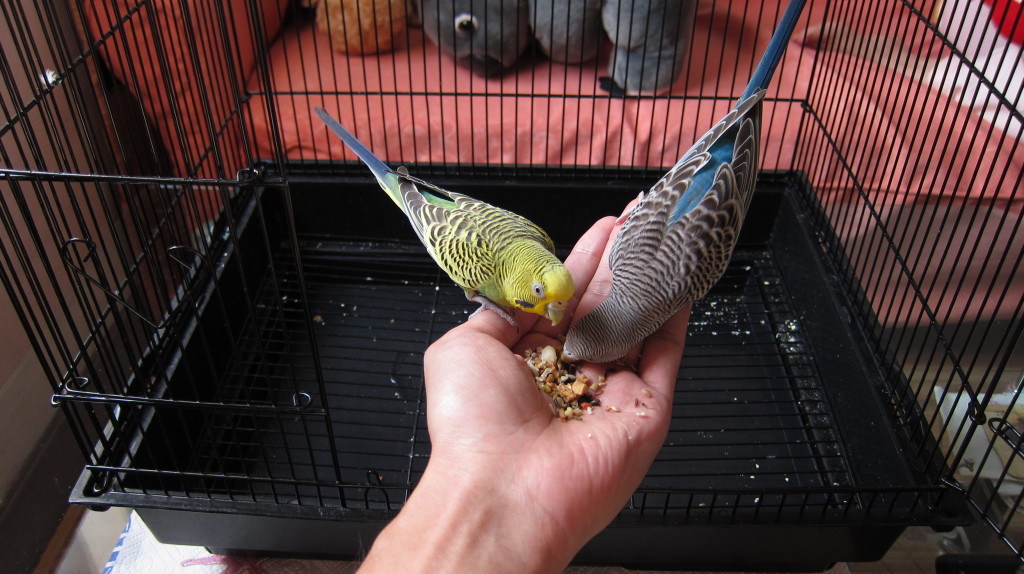Pet birds are a great way to add some fun and companionship to your life, but they require a lot of care and attention. In this article, we’ll go over some simple tips for how to feed your pet birds and keeping them healthy.
The Importance of Fluid in Birds
There is no denying that birds are some of the most popular pets in the world. But with such high demand, there is also a high demand for quality pet bird food. Many people mistakenly believe that all pet bird food is the same and therefore, their birds will get the same nutritional value from any type of food. This is not always the case. In fact, different types of bird food can have very different nutritional values and even be harmful to your bird’s health if not fed correctly.
Here are a few basic tips for feeding your pet birds:
-Make sure your bird has access to fresh water at all times.
-Choose appropriate pet bird food that suits your bird’s specific diet and lifestyle. For example, some birds like to eat seeds while others prefer vegetables or fruit. You will also want to make sure that the type of seed or fruit you choose is low in sugar and has plenty of essential vitamins and minerals.
-Feed your bird small meals several times throughout the day rather than one large meal. This will help ensure that they get the nutrients they need and avoid overeating which can lead to weight gain and health problems like obesity in birds.
Also, read Right Wild Bird Feed To Your Birds
What types of food can I feed my pet birds?
There are a few things to keep in mind when feeding your pet birds. First, make sure the food you’re providing is appropriate for the bird’s size and diet. Second, be sure to vary the types of food you give your pet so it doesn’t get boring. Third, monitor your bird’s health closely and feed them if they seem hungry or not getting enough food. Finally, be sure to provide clean water dishes and always clean them before filling them with fresh water.
You should also make sure that any new bird you bring home is in good health. So be sure to take him to your local avian veterinarian for a general check-up. Your veterinarian will be able to check and make sure that your new pet bird is free of any contagious diseases, worms or bacterial infections. This is even more important in cases where you have a hand-fed baby bird, the reason being is that if the bird wasn’t properly hand-fed it is at a higher risk for having a bacterial infection.
How to see if your pet is healthy or sick?
If you’re worried about your bird’s health, there are a few things you can do to check if they are in good shape. First, look for changes in their behavior. If your bird isn’t eating or is vomiting, it may be sick. Second, take them to the vet and have them checked out. Finally, keep an eye on their water and food supplies – if they’re not eating or drinking enough, they may be in trouble.
The Importance of Natural Fiber in Birds
One of the most important things you can do for your bird is to provide them with good quality, natural fiber. This will help keep their digestive system working properly and help promote overall health. Here are some tips on how to provide your bird with the best fiber food possible:
-Choose a high-quality seed mix that includes seeds like millet, quinoa, and oat. These are all high in fiber and will be beneficial to your bird’s digestive system.
– feed your bird fresh vegetables and fruits. Not only will they provide them with plenty of vitamins and minerals, but they will also offer them a good source of fiber. Try feeding them apples, grapes, or other fresh fruits and vegetables daily.
– Provide them with hay in moderation. While hay is a great source of fiber, too much can actually cause problems for birds. Limit their intake to around 2 cups per day.
Bottom line
When it comes to feeding your pet birds, there are a few basic tips to keep in mind. Follow the above-mentioned guidelines and your birds will be happy and healthy! You can follow a top rated pet blog for further guide, tips and information.
